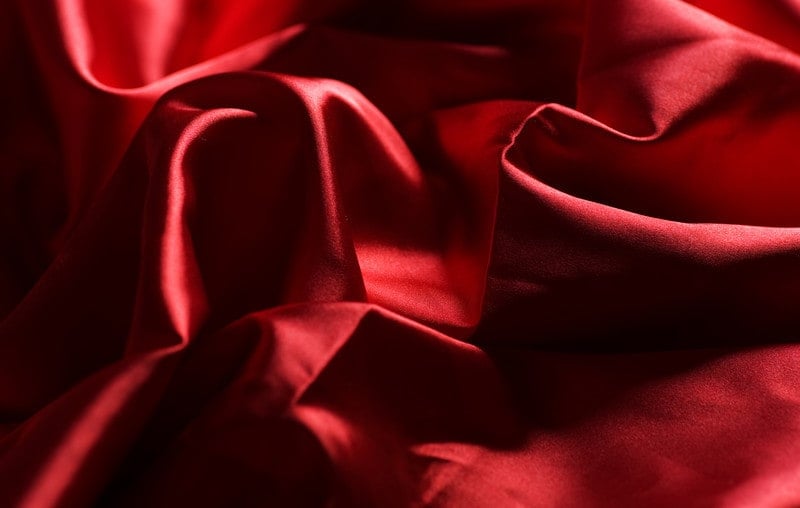Your Journey to a Beautiful Home Starts at Sunshine Drapery
Receive a complimentary professional in-home design consultation today!

In general, one can select from among four types of fabric for window treatments: cotton, linen, polyester and silk. Our interior designers can assist you with determining which window treatment material best suits your personality, functional objectives and desired ambiance. Fabric is an essential part of choosing window treatments. The higher the quality of the fabric, the longer your window treatments will last and function well. Using a solid lining also helps prolong the life of your curtains and shades. Because window treatments are much more than just window coverings, our team is ready to help you determine which fabric type best provides the required privacy, light control, insulation and desired style to your rooms' decor. Following are key considerations about the four fabric types.
)
Receive a complimentary professional in-home design consultation today!